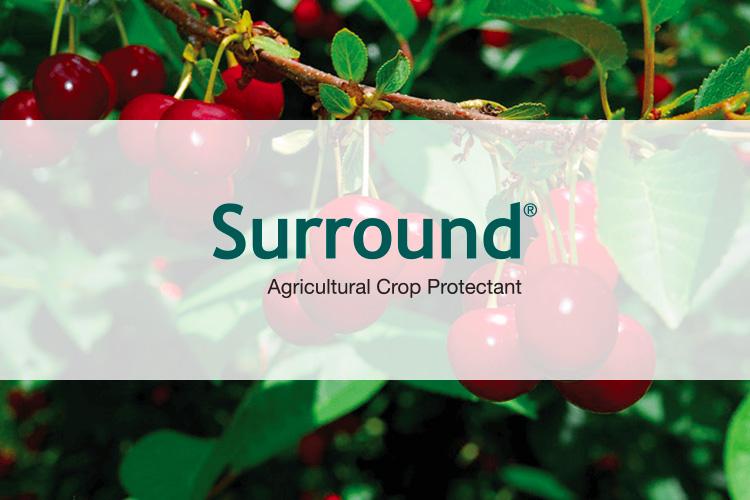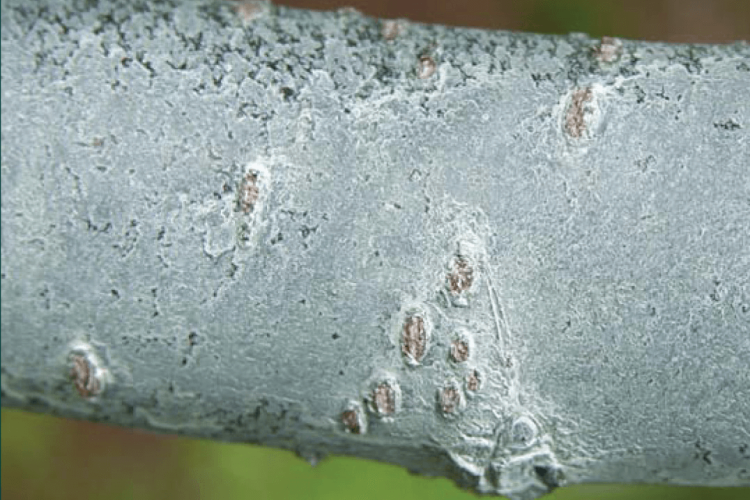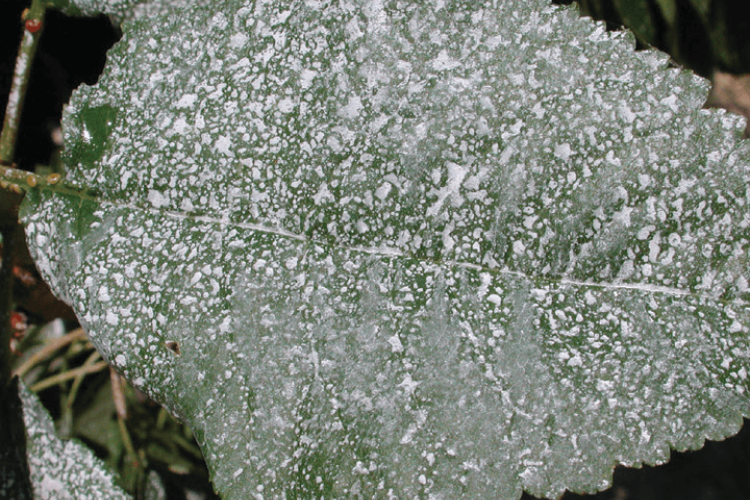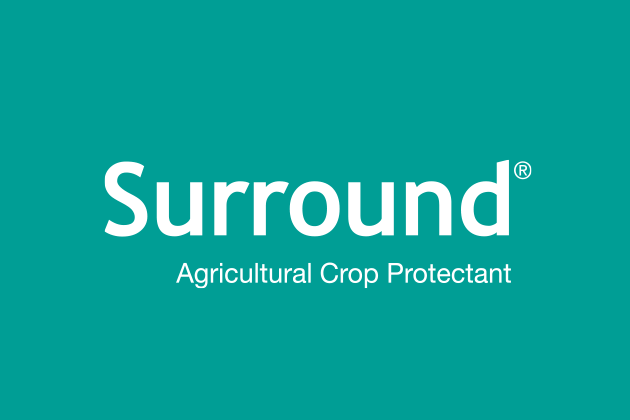Reduce Heat Related Abnormalities in Cherries

Reduce Post-Harvest Heat Stress
Applied before heat events in the post-harvest period, and maintained throughout the hot season, Surround® Agricultural Crop Protectant covers plant surfaces with a protective film that reflects harmful infrared and ultraviolet radiation. The SURROUND layer of specially engineered kaolin particles reflects the sun’s heat without inhibiting photosynthesis or transpiration.
-
Proven To Keep Plants as Much as 10º F Cooler
Since 2000, post-harvest applications of SURROUND WP by growers in the United States and elsewhere have delivered heat reducing plant surface protection. In local and international trials in a variety of tree fruit orchards, consistent coverage with the SURROUND protective particle film has proven to reduce leaf temperatures by as much as 10º F, resulting in increased net photosynthesis and plant vigor.
-
Heat Stress and Abnormalities in Sweet Cherries
University of California (UC) studies show that post-harvest heat stress can affect the quality of the following year’s cherry crop.1 When average daily air temperatures exceed 77º F, abnormalities occur in bud wood development. Long exposures to high temperatures directly increase the incidence of spurs, deep sutures and doubles. Cooling the tree from mid-May through September can reduce the incidence of these physiological disorders in the following year’s crop, which can mean higher-priced pack outs.
-
Reduced Scaffold Sunburn
Heat on bark surfaces is the major cause of scaffold sunburn. SURROUND applications not only keep the leaves cooler but also offer long-lasting protection of exposed bark. Applications of SURROUND especially help to reduce the absorption of infrared (IR) light by dark-colored bark. Bark sunburn is known to increase the incidence of secondary pests like the Pacific flat headed borer in cherry trees.

When applied to trees, Surround creates a white particle film on bark that provides long-lasting protection from scaffold sunburn.
Recommendations for Stone Fruit
Fruit such as apricot, sweet or tart cherries, nectarine, peach, plum, pluot, plumcot and prune.
Timing: Make the initial application between 5 to 7 days after harvest if possible. Where summer pruning is practiced, apply immediately following pruning, ahead of a damaging heat event. Repeat applications as needed to maintain protective coating during periods of highest forecast temperatures.
Concentration: Use at 25 to 100 lbs (depending on tree size) of SURROUND WP per acre in sufficient water for complete coverage. Fifty lbs is normal for mature trees.
| Problem | Pounds / Acre | Application Instruction |
| Sunburn and heat stress | 25-100 | Apply to sunburn-prone trees before conditions leading to sunburn occur. Provide thorough coverage with one or two full-rate applications 7 days apart. Depending upon the length of the high heat period, three to four applications in total often are needed. Make subsequent applications at half to full rates to maintain even coverage. |
| Rate of 100 pounds in 100 to 200 gallons is allowed for post-harvest sunburn and heat stress use. | ||

Application Tips
- Avoid foliage run-off. Apply the spray volume that will achieve near-drip coverage.
- Best results usually achieved at 50 lbs per 100 gallons.
- Surfactants may improve spreading.
- Consult the specimen label for instructions on aerial application.
- See SURROUND Spray Guide for more information on application techniques.
Special Washing Considerations for Stone Fruit Sprayed Pre-Harvest:
For fresh-market fruit, special washing is required, especially for fuzzy peaches. Most residues wash off with brushing and forced water sprays. An approved fruit cleaning detergent can be used in packing line and/or wash tank. Prior to brushing, a pre-soak in an approved fruit cleaning detergent is usually needed for fuzzy peaches. A pre-harvest washing trial is a good practice to determine if a detergent is necessary. Waxing further improves fruit appearance. If fresh-market stone fruit cannot be washed as noted above, discontinue sprays when the fruit are approximately ¾ inch in diameter. Residues of SURROUND WP DO NOT affect processed fruit quality. If cherries are for fresh market, discontinue application when fruit are half size (approximately ¼ inch) if no washing is available.
Always read and follow label instructions.
Footnotes
1 University of California, Division of Agriculture and Natural Resources; “Cherry Crinkle-Leaf and Deep Suture Disorders;” 1999 publication 8007


